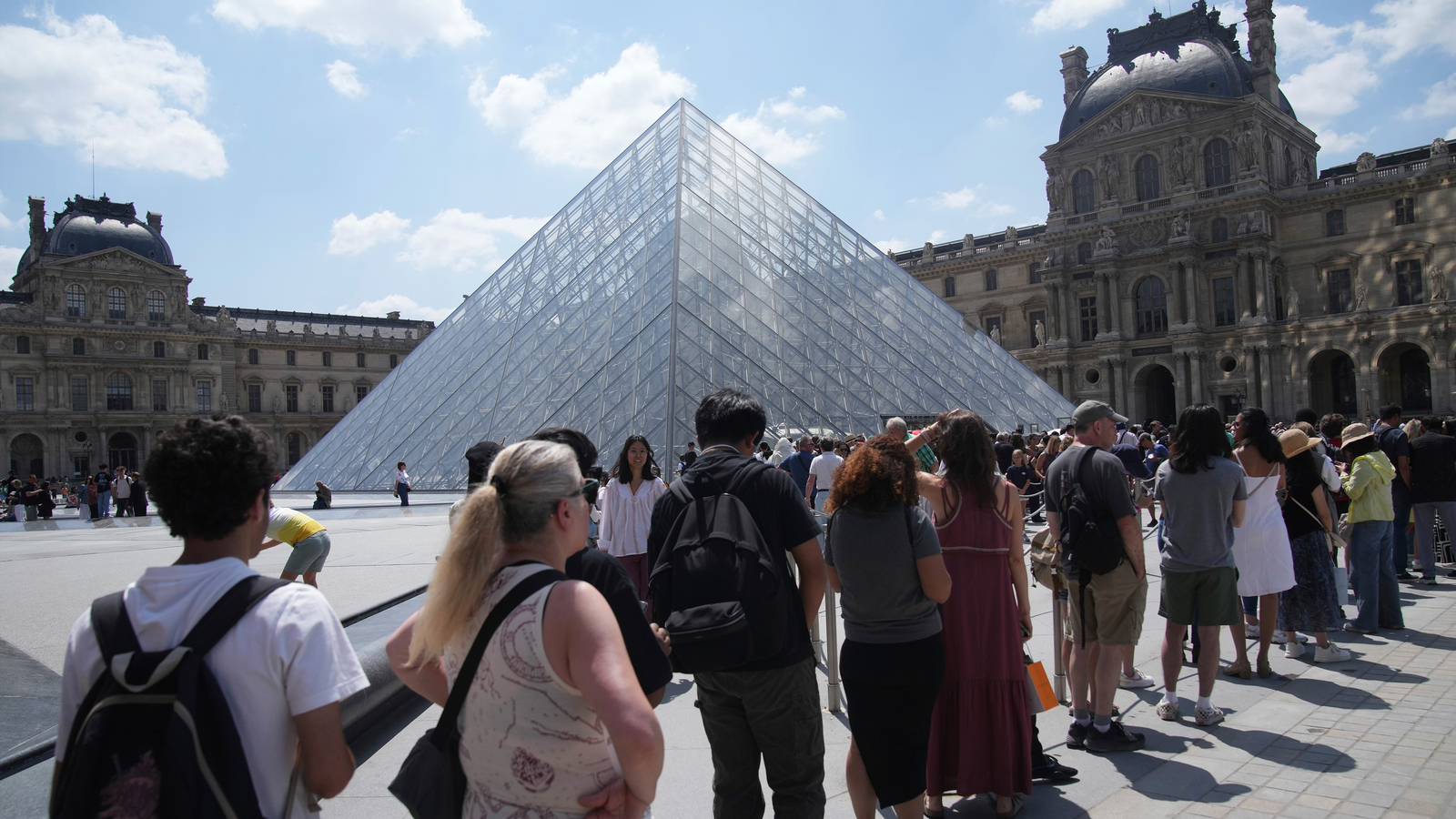
"Thousands of stranded and confused visitors, tickets in hand, were corralled into unmoving lines by I.M. Pei's glass pyramid."
"The Louvre has become a symbol of tourism pushed to its limits, with hotspots worldwide racing to curb crowds and visitors."
"The Louvre's spontaneous strike erupted during a routine internal meeting, as workers protested against unmanageable crowds and chronic understaffing."
"Activists in southern Europe rallied against an economic model fueling tourist overcrowding, claiming it displaces locals and erodes city life."
The Louvre, renowned as the world's most-visited museum, faced a striking staff protest that led to its temporary closure, emphasizing the growing strains of mass tourism. Employees expressed dissatisfaction with overcrowded galleries, understaffing, and poor working conditions. This protest resonated amidst broader anti-tourism demonstrations across Southern Europe, where locals voice concerns over the socio-economic impacts of tourism. The Louvre's sudden closure, nearly unprecedented for the iconic institution, underscores the pressing need for a sustainable tourism model to balance visitor influx with employee welfare and cultural preservation.
Read at ABC7 Los Angeles
Unable to calculate read time
Collection
[
|
...
]